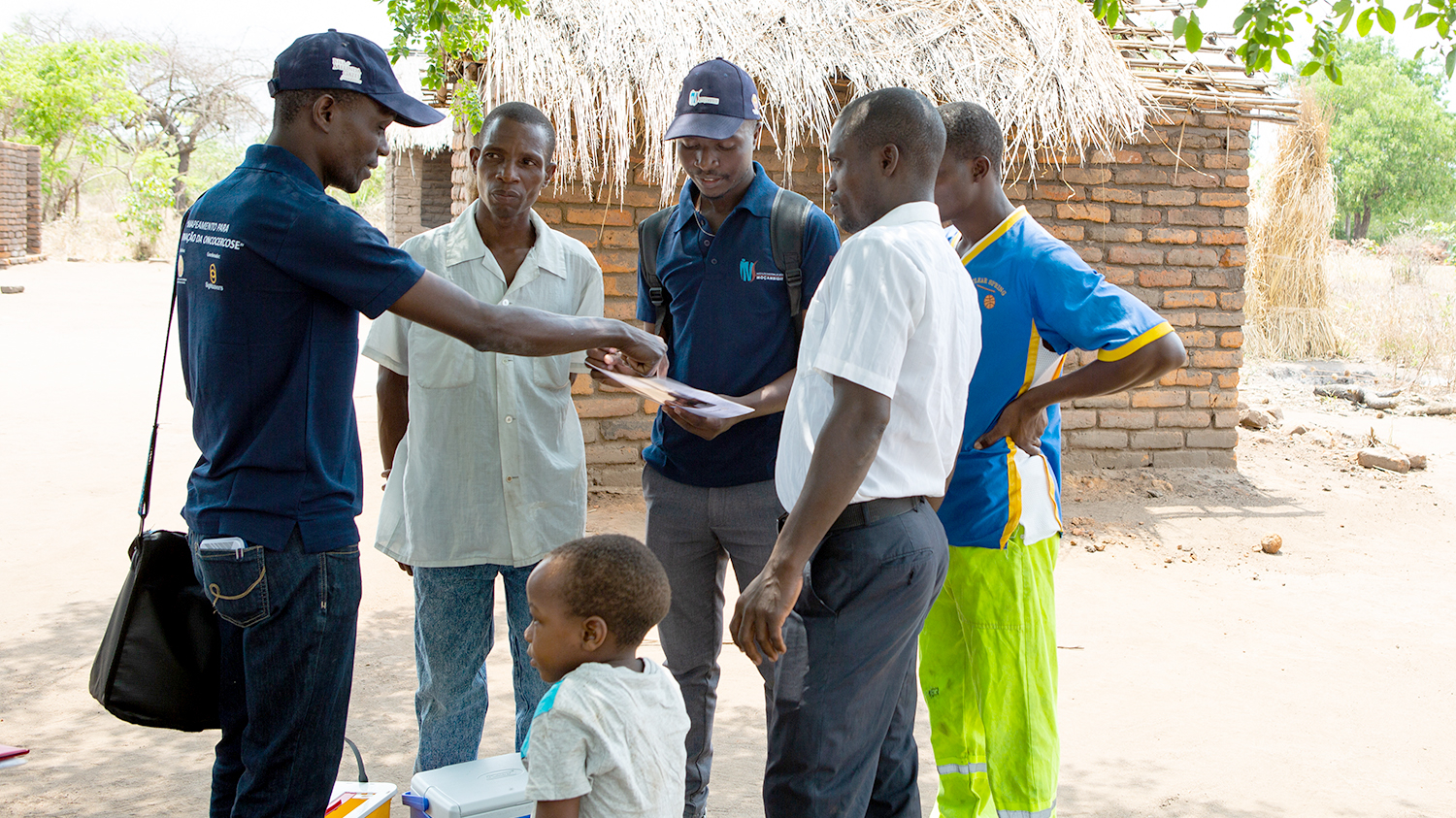

Hello Dom! To start, can you give us some background on Sightsavers’ work on inclusive data?
Our involvement dates back to 2015 and the broader shift in the development sector from the Millennium Development Goals to the Sustainable Development Goals (SDGs). While they cover many of the same areas, the SDGs go further and focus on leaving no one behind. Groups and individuals did not benefit equally from progress made under the Millennium Development Goals. For us, this change is specifically evident in the inclusion of people with disabilities in several of the goals, as well as a broader focus on gender, age and other marginalized groups.
Other features of marginalization require new ways of measuring progress and focusing on new ways of collecting different types of data. So the launch of the Global Partnership for Sustainable Development Data (GPSDD) in 2015 gave us a space to learn, share and work with other organizations looking at similar issues. Through this, the Inclusive data charter it was developed.
What is the main focus of the new Sightsavers Inclusive Data Charter Action Plan?
This month we launched our second Inclusive Data Charter Action Plan and reaffirms our commitment to collecting and using inclusive data. Explore what this commitment means for our work, what we’ve learned since our first action plan, and our key commitments over the next three years to 2027.
But this is not a new approach for us. Inclusive data is an area we’ve been working on for the past few years, but we’re making a real shift to address intersectionality. Simply put, people are more complicated than a single characteristic, such as disability, age, gender, or economic status. So, we want to understand how these different characteristics are interconnected in situations of marginalization and exclusion. This is critical to addressing barriers, so in this new action plan there is a greater emphasis on looking at these intersecting factors.
Second, our new plan is more focused on strengthening the capacity of our civil society partners to collect, analyze and use this data themselves in their advocacy and influencing work with governments and other organizations. We want this work and this data to be in the right hands. It will be more effective and more useful if it is in the hands of those who are affected by the problems we are talking about.
Third, our action plan reaffirms our support for the Inclusive Data Charter network and collaboration with other advocates. We want to continue to increase the number and variety of IDC champions and I think we’ve made real progress over the last few years by sharing the value of the card. But there is much more that can be done, there are many more governments and we need to mobilize efforts to obtain inclusive data.







